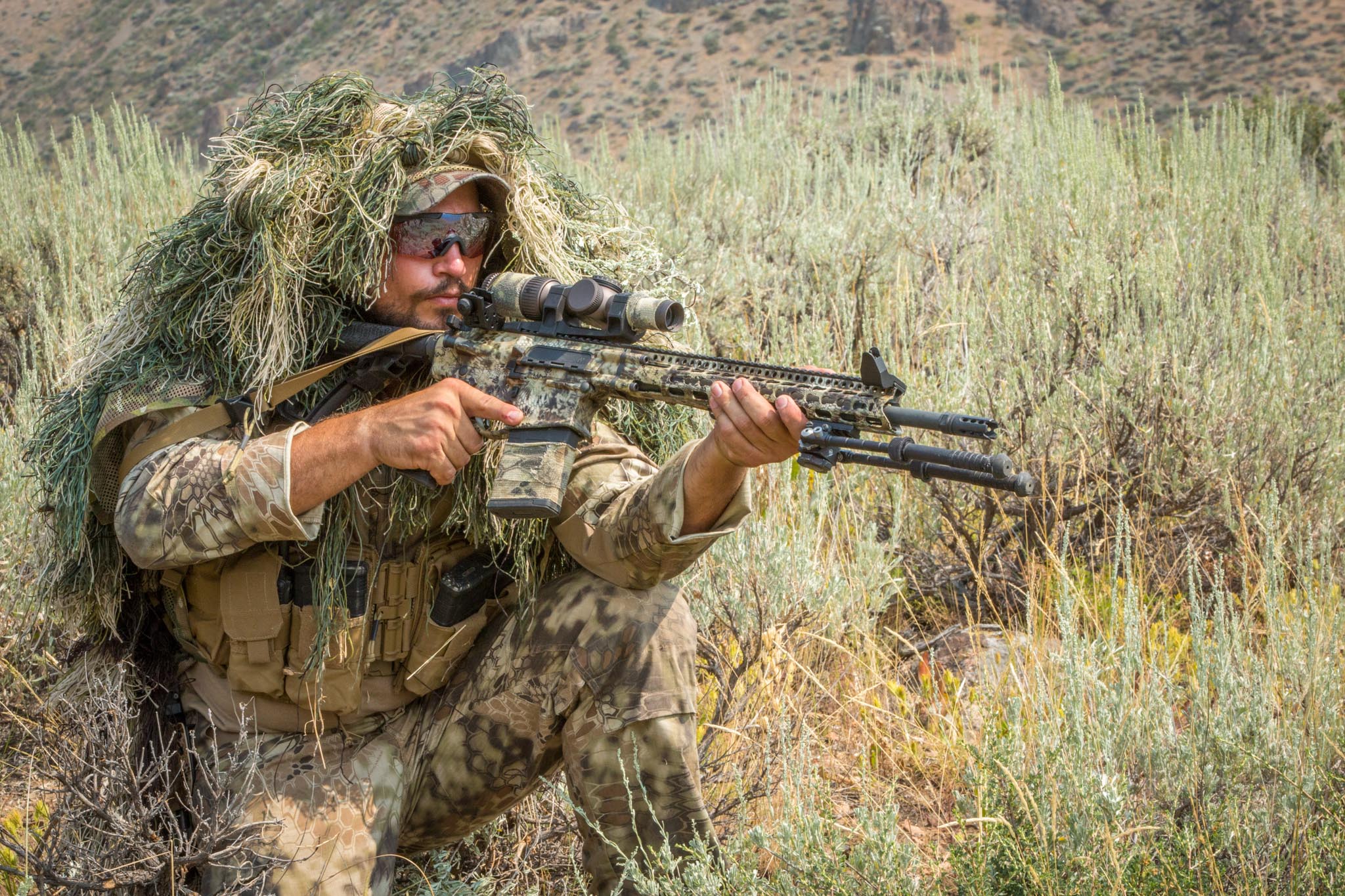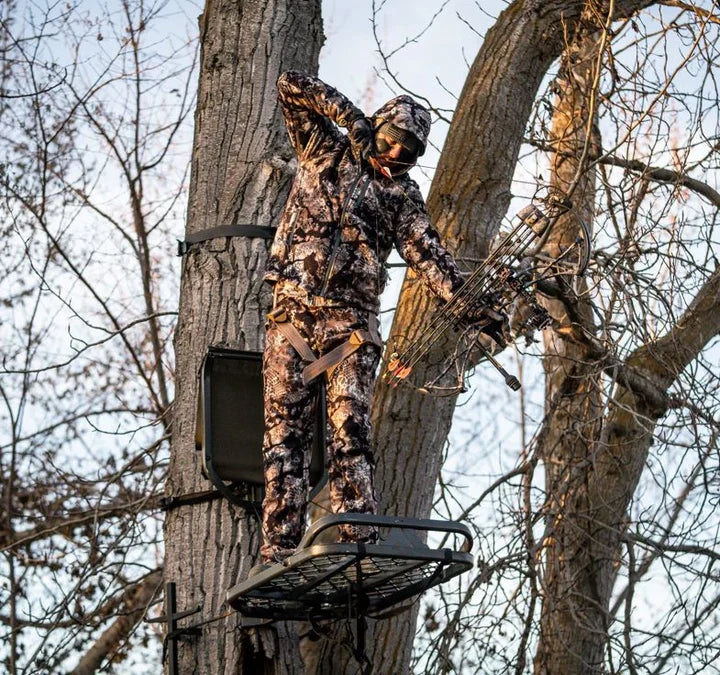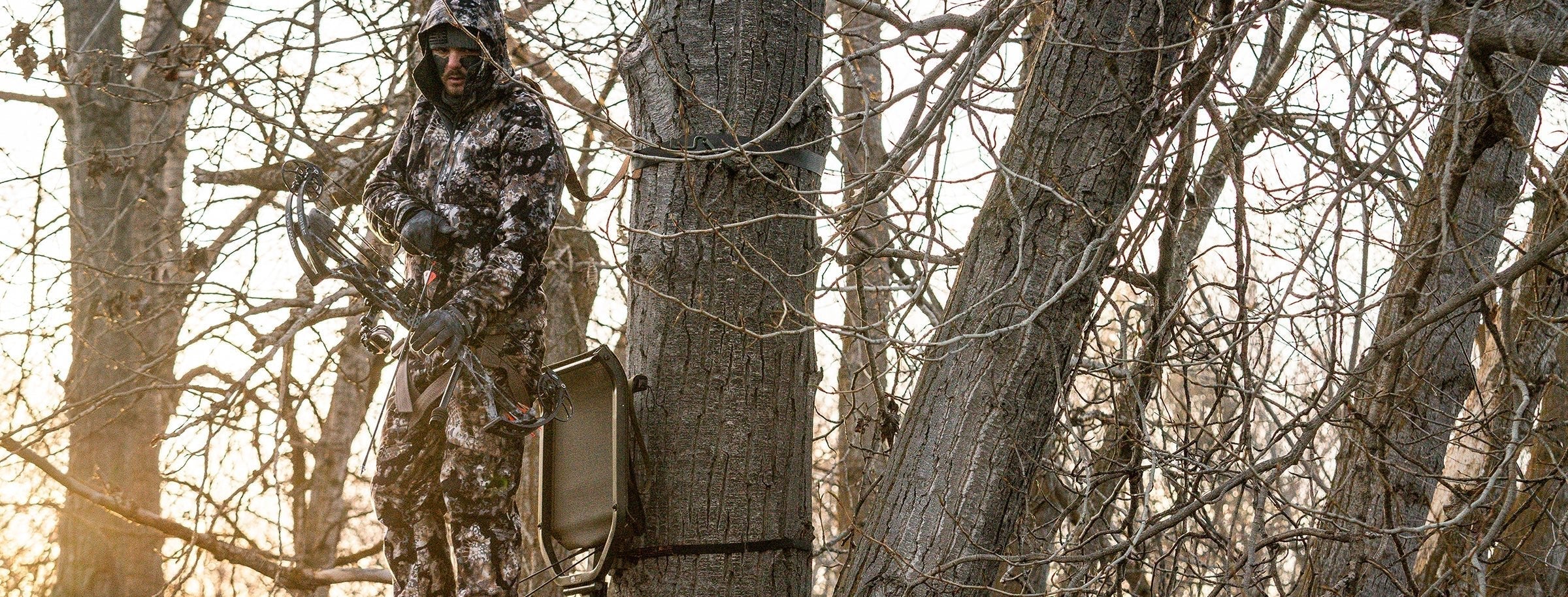
Tips & Tactics: Elk - Don’t Call Me I’ll Call You
Elk have an extensive vocabulary, and while we have been able to translate much of what each elk call means, call-in rates are still only about 50% for the best callers in ideal conditions. Among the multitude of bull, cow and calf sounds, it can be very difficult to know what call to make at an elk!
There is a plethora of information out there that will help you try and decode elk talk, but I will say it can feel like rocket science at times. Sometimes it's just plain hard to know what to do out there and just when you think you have it figured out, you are humbled once again. I guess that's why they call it hunting and not killing! I have broken down and simplified elk talk and the process to calling in a bull elk. Simplify, simplify, simplify is the word I mantra by when it comes to bowhunting, and this is no different.

The Terrain
Before you can even think about calling at a bull elk, you first must have the wind and the terrain dialed. The wind is the number one factor that will screw up your calling sequence and elk encounter. So, get downwind! The terrain is another huge player. You may be the world's best elk caller, but if an elk can see exactly where the call is coming from and doesn’t see an elk there, he’s going to leave. This goes for cows, too.
To follow that, calling too much can also add to this problem. The more you call, the easier it will be for a bull to pinpoint your exact location. You must find some sort of natural barrier or cover to use in conjunction while calling elk. If you don’t have anything to hide your calls, then wait for that bull to move, you move or just stalk in on them because you have a better chance at getting close to them.
Use ridges, jackpots of timber or any other geographical features to hide your calls. Elk are a curious, herd-oriented animal, so an elk will come to you and traverse the terrain until they run into other elk or see exactly where the calling is coming from.
A rise or finger ridge is probably going to be the most common terrain feature you will use to place between yourself and the elk. Now just place yourself within bow range of the top of the ridge because you can bet when that bull crests the top of the hill and looks down the other side and doesn’t see an elk, he’s going to spook shortly after.
It’s always nice to hunt with a buddy who is a good caller who will drop back 70 yards or so to help you out with the challenge of having enough topography or cover for the calls. If you’re like me, you hunt solo and have to be a little more savvy with calling and then moving up and setting up for a shot. This sounds easy, but it can be hard getting the timing down on when to move and get setup for a shot undetected.

The Calls
There are many, many different elk sounds out there. I want to focus on the lost-calf call and the impact bugle. Let's start with the bugle because I’m guessing that you might be scratching your head, saying what the heck is the impact bugle? Well, it is a combined style bugle that serves a few different purposes and works for bringing bulls and cows in.
This bugle is made with a diaphragm elk call and is a quick, aggressive bugle with a shrill, high note and a sharp finish. No chuckles. Some call it a challenge bugle, others a bulls-calling-cows bugle. This bugle is used to talk to cows, especially when a bull already has a harem. This bugle is a plea to the cows saying, “Come here, I’m the man to be with.”
As nature would have it, the herd bull is going to come in every time to defend his cows when he hears this bugle. So, remember, you’re talking to the cows with this bugle. What really makes this bugle potent is the high note. A double-reed diaphragm or a quality single-reed is all it takes, but that high note is what really carries the volume and sense of aggression to the elk you are calling at.
The cool thing about this bugle is that it does call in cows, of course, and other lone bulls that are looking for cows. I’ve had encounters in the past when a small raghorn was rutting a lone cow and she did not want him to breed her. She came right into my impact bugle, looking for a dominant bull to replace the small raghorn that was on her tail.
Lastly, it does call in lone, rutting bulls too. Once again, elk are herd animals by nature, and I have had bulls come in silently to this bugle, specifically, bulls that are looking for cows but don’t want a confrontation with a herd bull. If you’ve ever watched a big herd of elk, you’ve seen a herd bull and his harem being circled and harassed by a couple other bulls that are younger, less dominant and are rutting cows but rarely breed. These are the types of bulls that are tolerated by the herd bull because the cows prefer to be bred by the most dominant bull.
So, there you have it—the impact bugle. This call has the most impact (hence the name) in your elk calling arsenal and is always my go-to when calling a mature bull with cows. The location bugle differs from the impact bugle, as it is less intense and is more drawn out but still has that ringing high note. As the name describes, this call is only used when locating elk from a distance.
My second go-to call is the lost-calf call. This call is a high-pitched call with less deflection than a mew that has a sense of urgency. This call has a high sense of seeking companionship, which as you can imagine, is easy pickings for a solo bull on the hunt for ladies. It calls in cows too, especially those motherly, protective ones. This is a good “all-around” call for elk.
So, when is the right time to use a lost-calf call? First, you need to locate a bull with a location bugle and then move in slightly closer and relocate that bull with a generic cow mew. He is going to respond back with an impact bugle because, of course, he wants you to come to him. If you notice that he is coming closer to you and bugles again, this is when you know he doesn’t have cows, and the lost-calf call is all you need to finish him off. Remember that once the bull can see where the calling is coming from, he will stop and hang up, so you need to be in a position that you can make the shot when he reaches that point.
On the other hand, if you locate a bull and get closer to relocate him with a lost-calf call and he isn’t coming in after he bugles, then he has cows. Now you must get closer to where you can see his cows or within 50 yards and give him an impact bugle. He will come in to confront you, so be ready and choose your setup wisely before sounding off your impact bugle.
These two calls do the most of the grunt work for me when it comes to calling in elk and notching my tag. The impact bugle and lost-calf call make up 85 percent of my calling. Cow mews and location bugles make up the last 15 percent of my calling and are necessary to locate elk, but these aren’t calls to use for finishing off a bull into bow range. I have seen my success increase dramatically by just using these two calls, and I encourage you to send in your photos to the magazine this year because I want to see your elk hunting success!



















